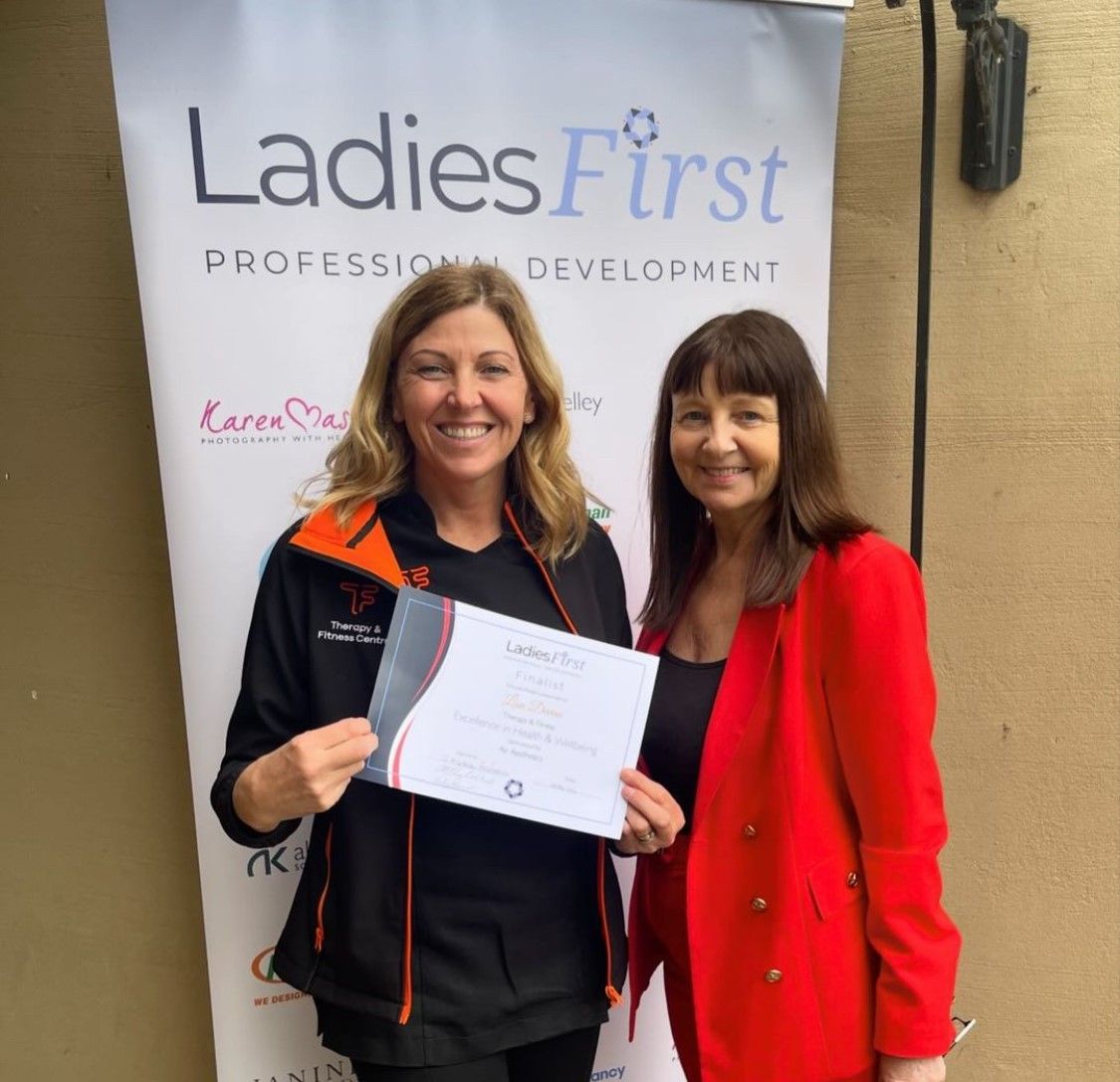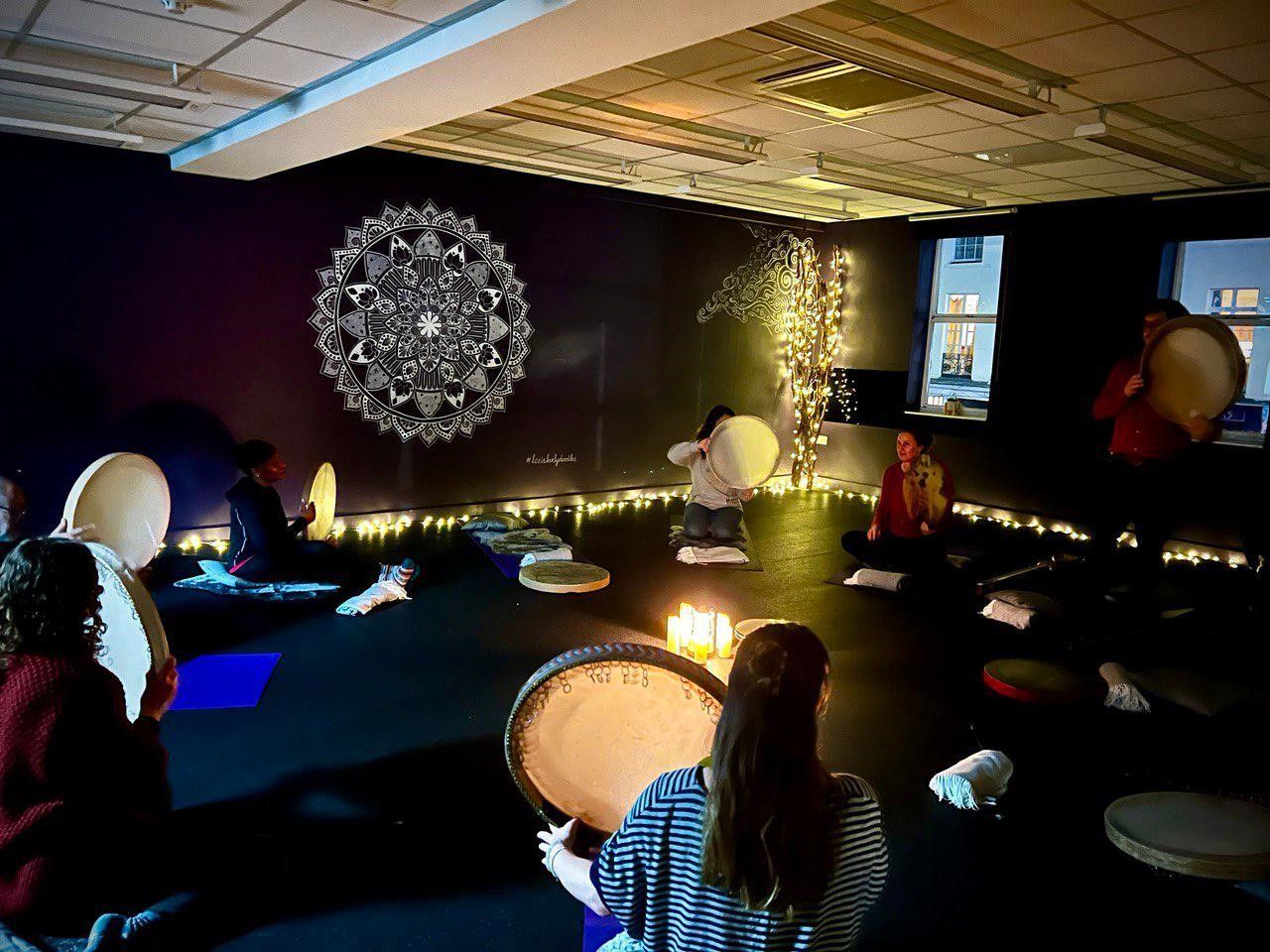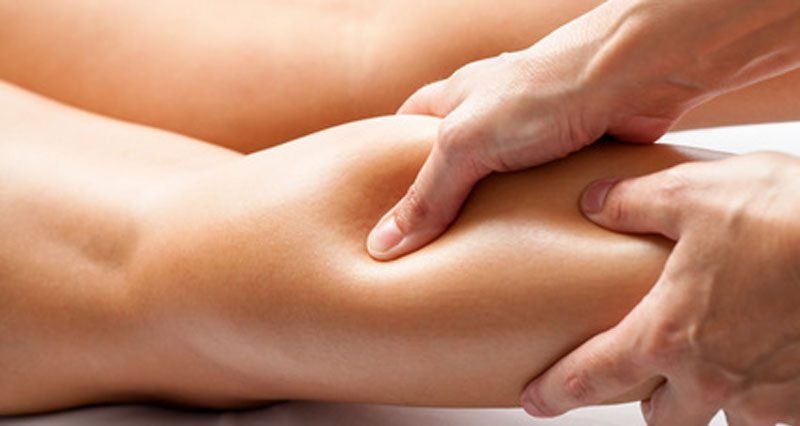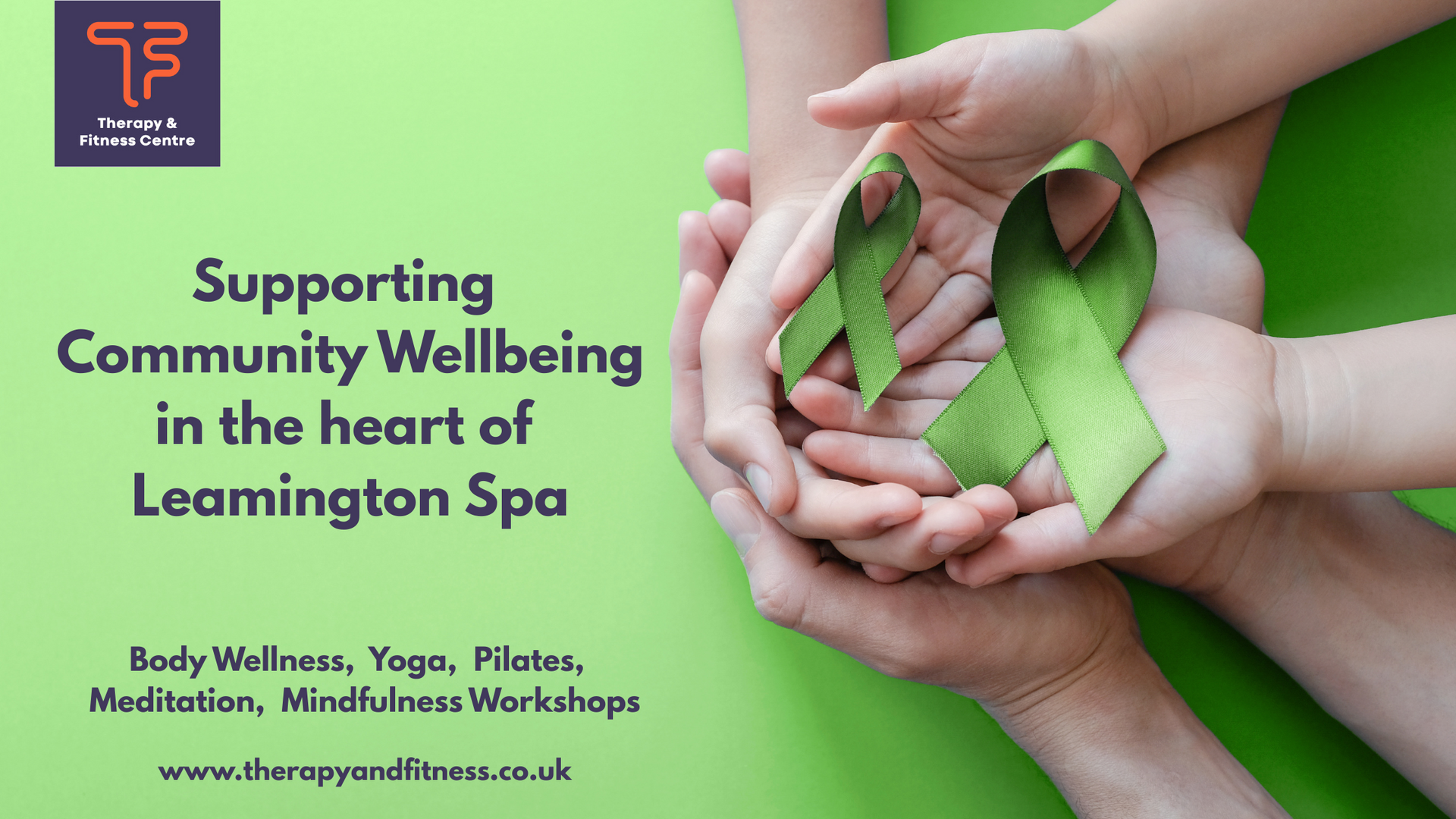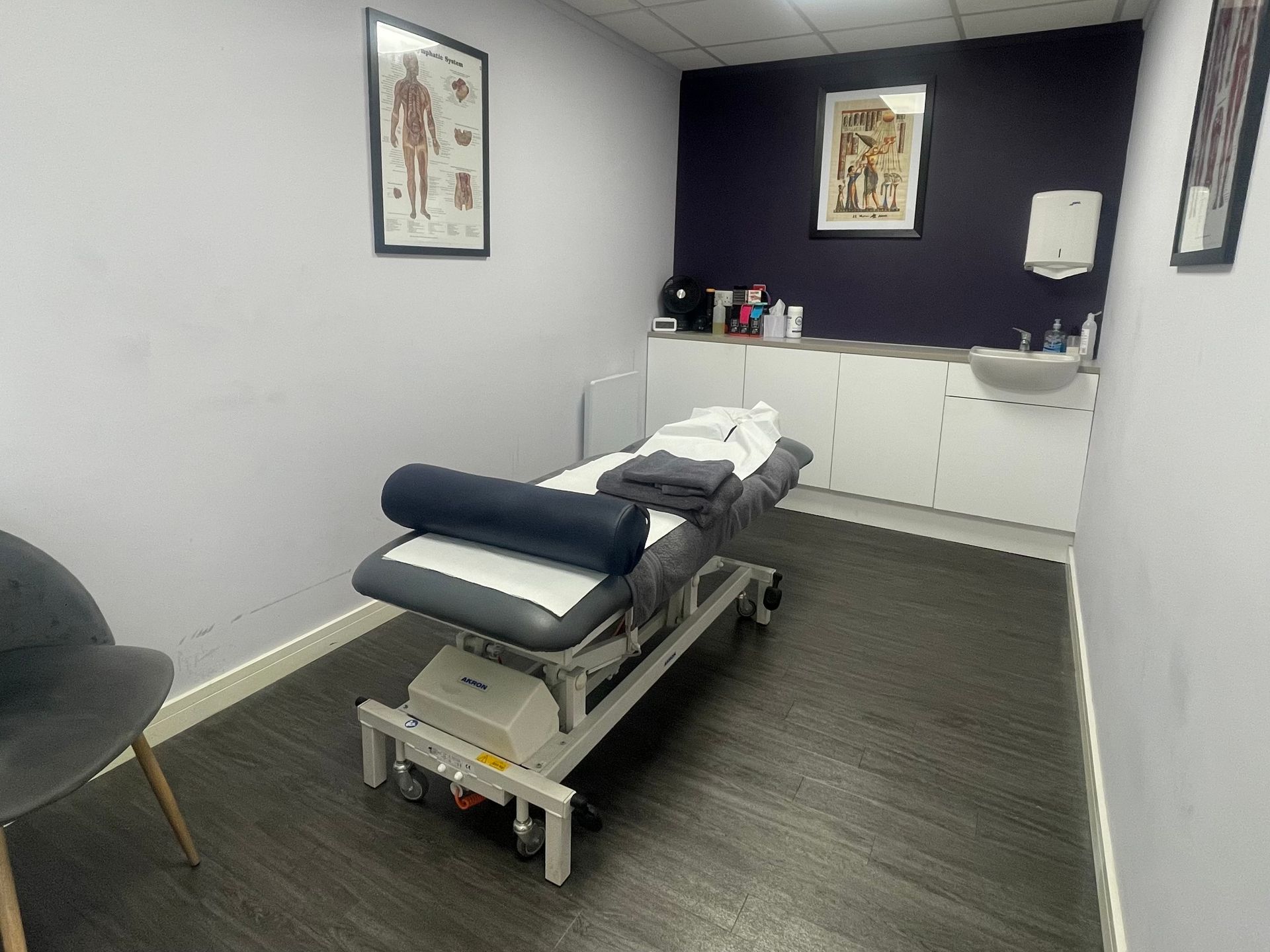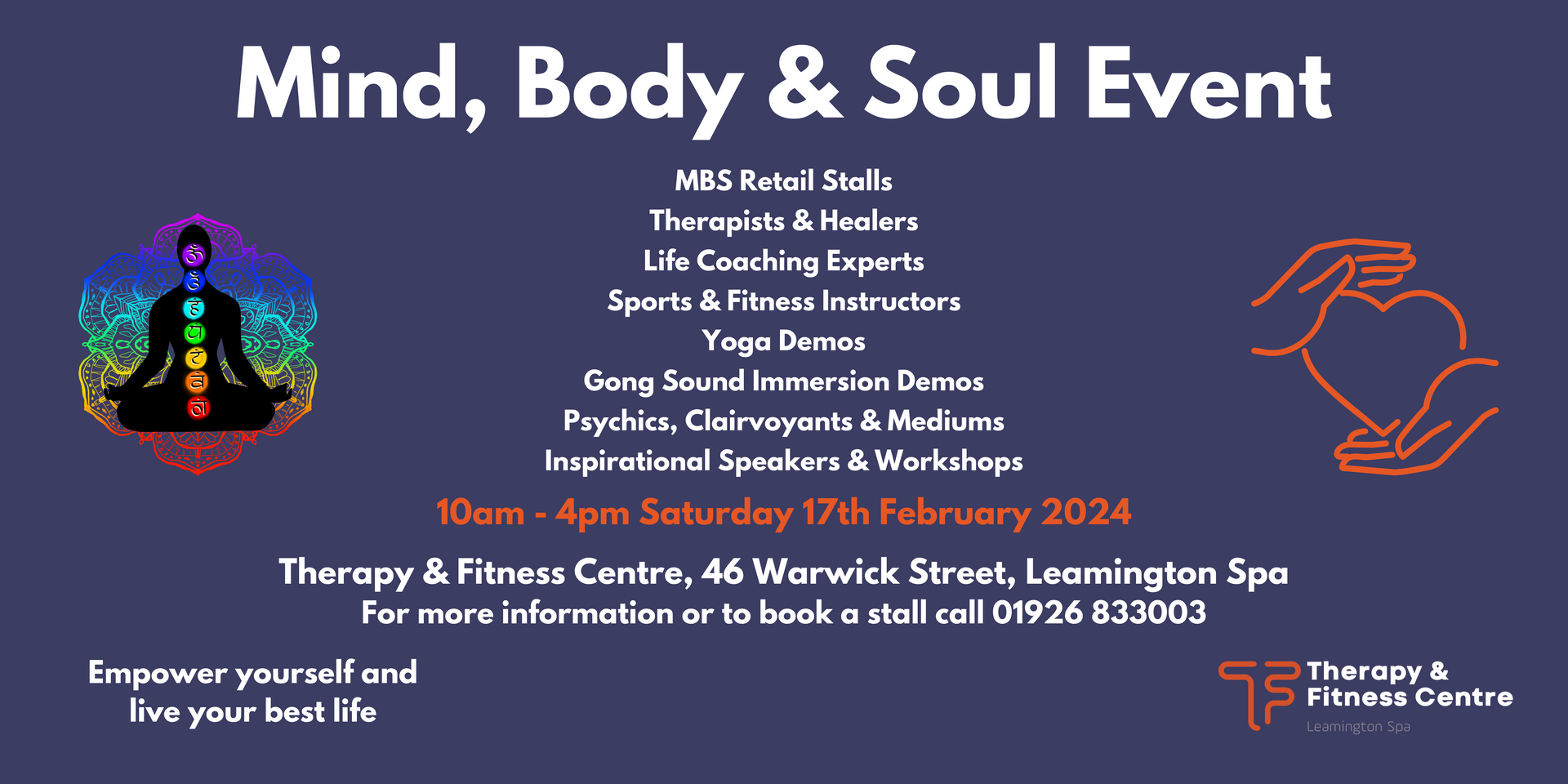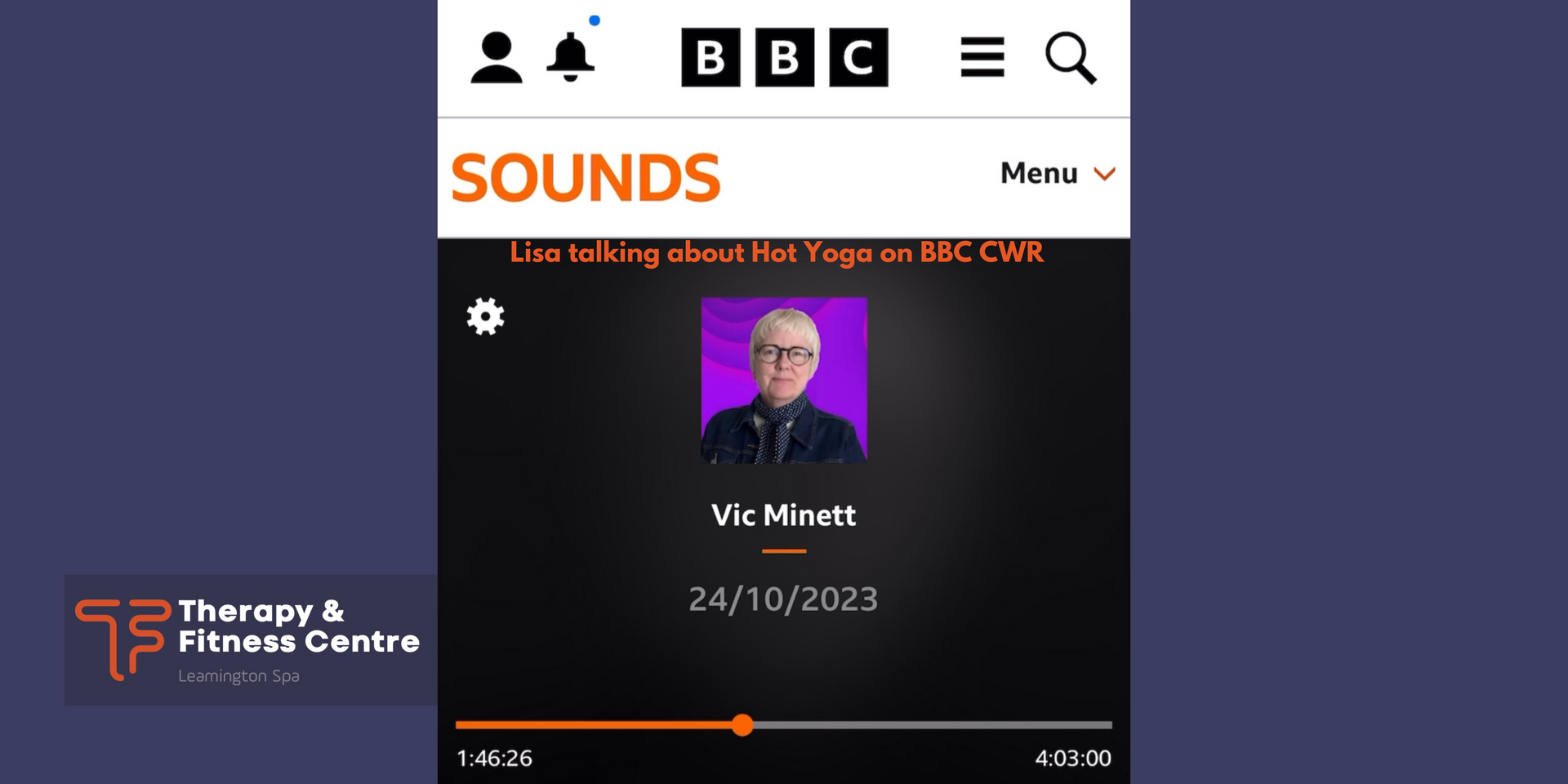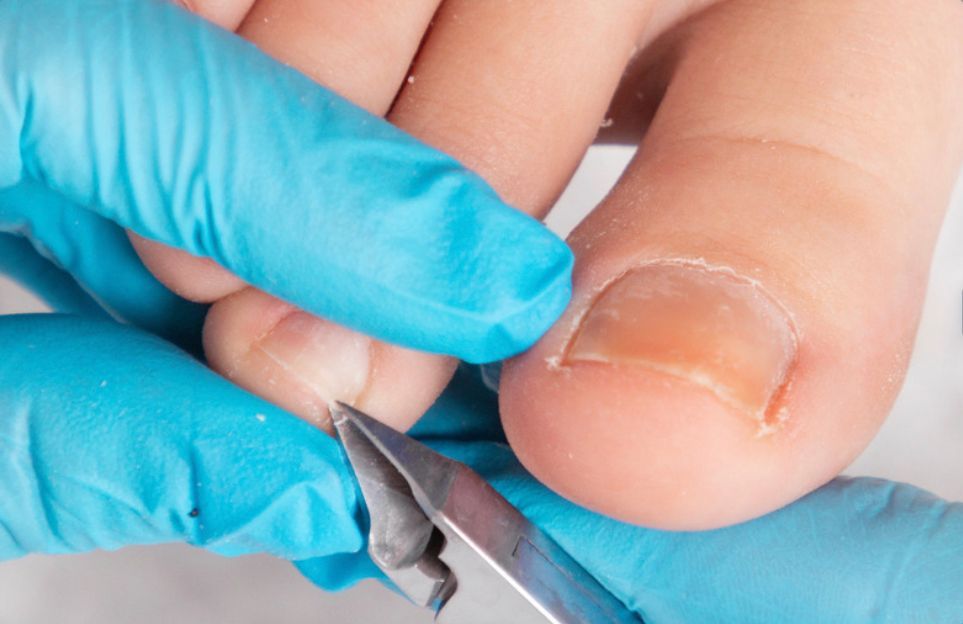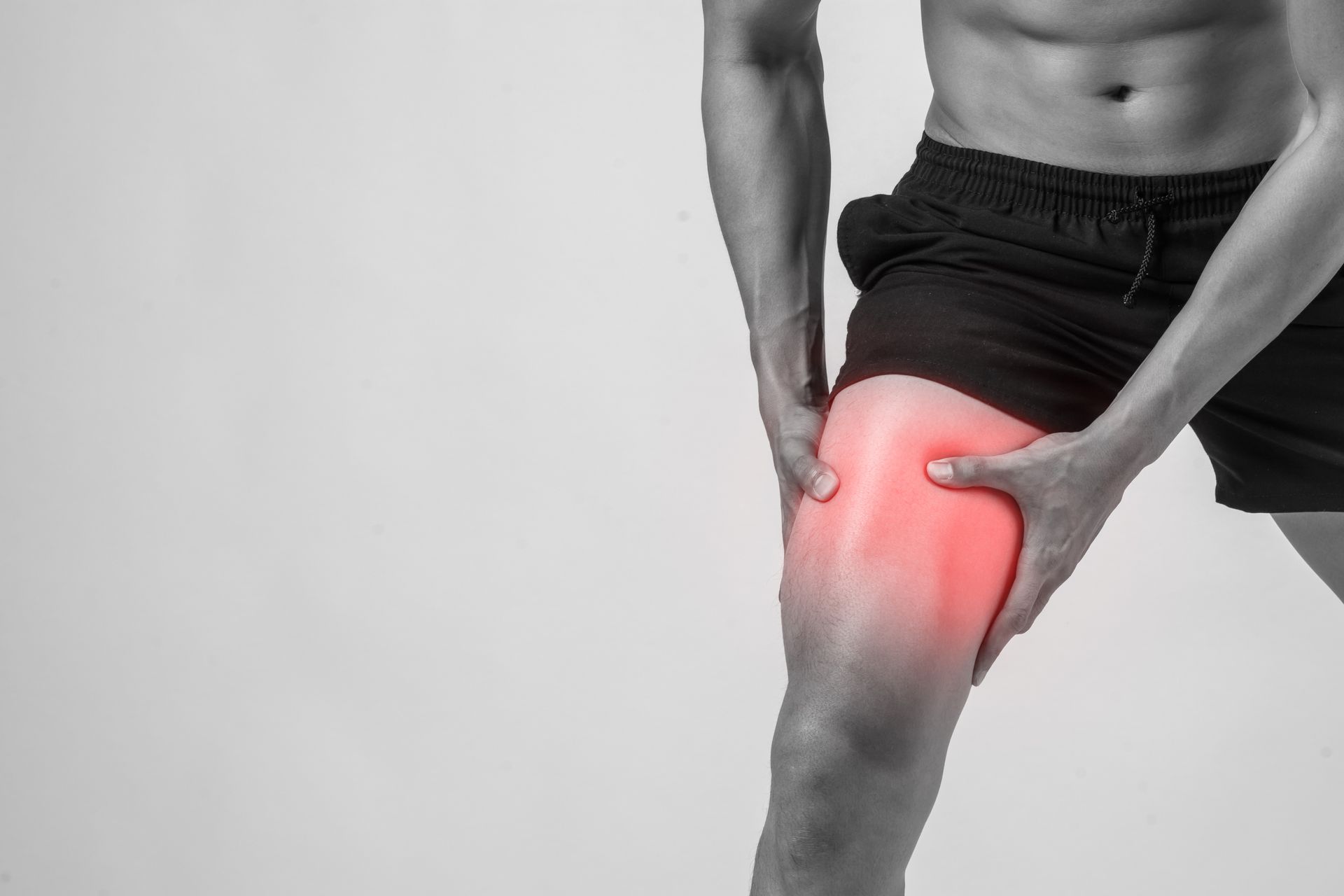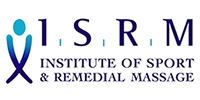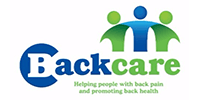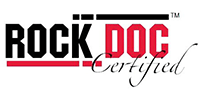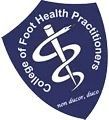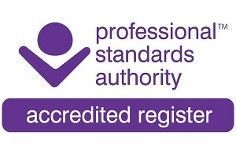8 Top Stress Relievers
Whether you’re struggling with the symptoms of everyday stress, or are experiencing a big change in your life that is activating feelings of anxiety, it can have an adverse affect on your emotional and physical wellbeing.
When your mind is in turmoil, it can be difficult to figure out how to diffuse the feelings of stress, so why not try taking the focus off the things you can’t control, and instead concentrate on the things you can.
At Leamington
Therapy and Fitness Centre, we’ve put together this list of our top 8 stress relievers to help you relax.
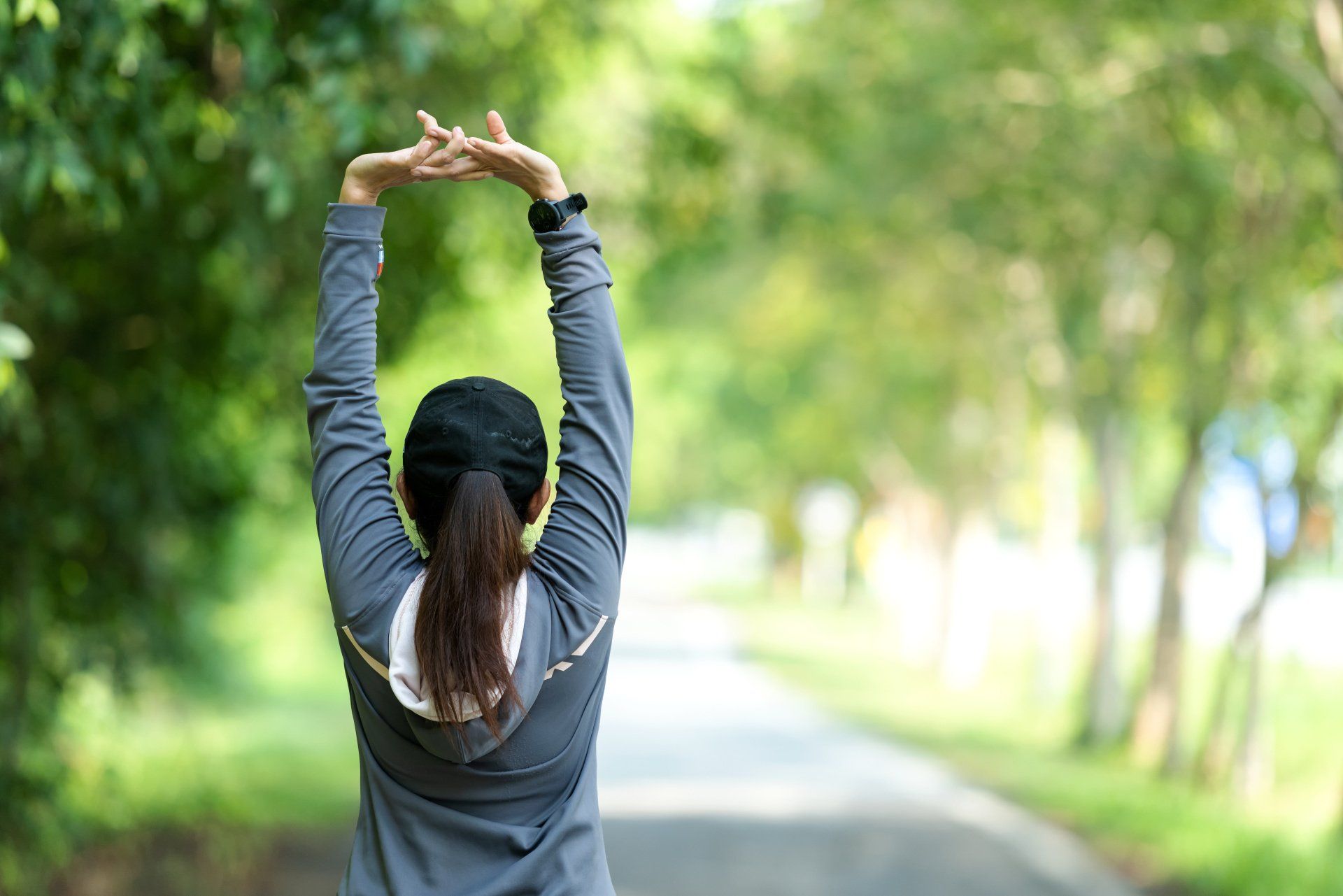
1. Exercise
Exercise relieves the emotional and physical intensity caused by stress. This is because it helps your body release ‘feel good’ endorphins such as dopamine, as well as releasing physical energy and taking your mind off the cause of your stress for a period of time.
Team sports are a fantastic antidote for anxiety because they allow you to engage in a social activity that likewise aids you in controlling your stress.
2. Yoga/Meditation
Yoga helps relieve stress and anxiety because it combines the tension relieving benefits of exercise with the remedial, mindful power of meditation and controlled breathing. Anxiety is a feeling of unease such as worry or fear and this can be mild or severe. Yoga and meditation generates peace by reconnecting your body to your mind, which can sometimes feel disconnected in times of stress.
One of the greatest things about Yoga is its suitability for people of all ages and fitness levels because of the gentle nature of the movements.
3. Challenge yourself
If you’re experiencing a prolonged period of stress due to life events that are out of your control, then setting new goals and challenges that you can control is a great way to focus. These could be work-based targets or new hobbies such as learning a musical instrument, joining a local sports team or taking language classes.
Learning a new skill is a great way to blow off steam in your spare time, and the satisfaction you’ll feel from hitting your goals will boost your confidence and go a long way towards reducing stress.
4. Connect socially
Laughter is the greatest medicine. Not only does it release endorphins that relieves stress, but it stimulates your muscles, heart and lungs and increases your oxygen intake. This is why taking the time to meet with friends and family is so important during times of stress.
Not to mention that social support and connection will leave you feeling contented, and less alone.
5. Practice self care
Whether you’re experiencing long-term stress or simply wish to relax more during your working week, setting time aside for self care can be one of the best ways to do this.
Self care is different for everyone. Whether you find clarity in taking a bath, going for a run or spending time connecting with nature, it is always smart to spend time doing things that you love to reduce tension and emotional strain.
6. Avoid unhealthy habits
Habits such as drinking and smoking can be tempting in times of stress, but they won’t provide long term solutions and will only exacerbate the negative feelings you’re experiencing.
If you feel yourself pulled towards these as a form of stress relief, make sure you speak to the people you love, or contact addiction services such as Drinkaware for an online chat or Alcoholics Anonymous on 0800 917 7650, for drug helplines call Frank on 0300 1236600.
7. Focus on the things you can control
It can be far too easy to focus all of your attention and energy on the source of your stress and anxiety, but this can lead to a spiral of negative thoughts. Fortunately, here are some solutions to reduce anxiety and stress and help calm someone down, focus and cope.
These are...
- The 4 A's of stress management which are avoid, alter, accept and adapt
- The 3 3 3 rule... look around your environment to identify 3 objects, 3 sounds then 3 moving body parts and focus on these.
- The 5 5 5 rule... breathe in for 5 seconds, hold your breath for 5 seconds then breathe out for 5 seconds and repeat until your thoughts slow down or you notice relief.
- The 5 4 3 2 1 trick... find 5 things you can see, 4 things you can touch, 3 things you can hear, 2 things you can smell and 1 thing you can taste.
Pain can be a major factor to anxiety, if you’re suffering from an injury, look for a physiotherapist or sports therapist, focus your attention on the treatment, and find an activity that you can engage in while you’re healing.
8. Massage therapy
Massage therapy relieves symptoms of stress and anxiety including muscle tension, increased heart rate and leaves you feeling deeply soothed and relaxed. Having a massage improves mood and relaxation while increasing confidence and self image. If you are experiencing stress, depression or anxiety massage can be an effective part of treatment.
This is why we recommend booking massage therapy treatments at Leamington Therapy and Fitness Centre, and allow your stress to melt away. Our hot stone therapy, aromatherapy and deep tissue massage along with our reflexology treatments and acupuncture are the ideal methods for restoring balance and wellness to your mind and body.
